


Jun 26, 2025
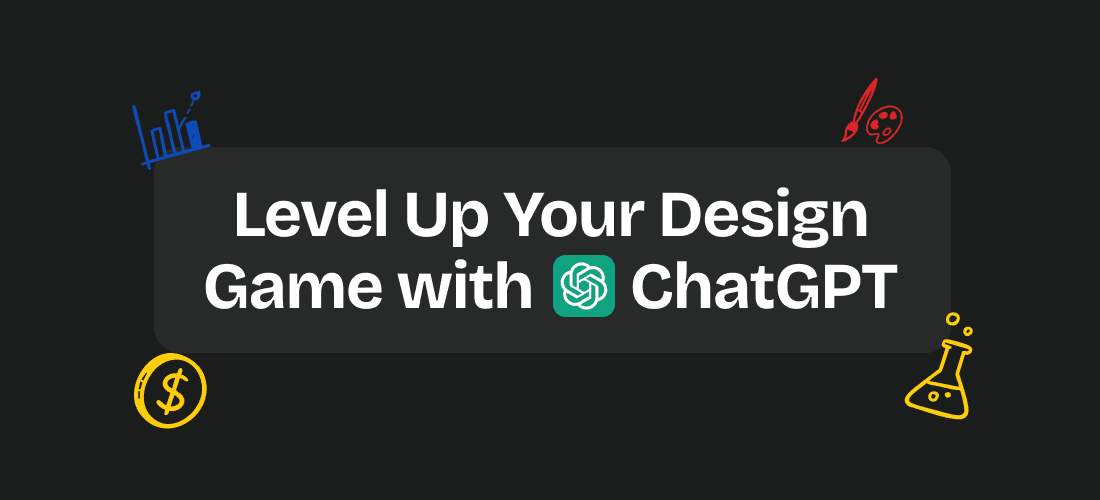
We live in a technologically golden age. With the rise of AI, several industries have witnessed a transformational boom in operations. Paired with AI graphic design is no exception. Artificial intelligence (AI) has begun to make significant inroads into creative fields, offering new tools and methods to enhance and streamline the design process. With the powerful potential to redesign the way graphic design companies work is ChatGPT, a front runner in the AI game.
From generating creative ideas to assisting with time-consuming tasks, ChatGPT offers a range of capabilities that can elevate a designer’s workflow and productivity.
Through this blog, we aim to explore how graphic designers can leverage the power of ChatGPT as a tool for efficiency and as a creative partner that can inspire innovation and help overcome challenges in the design process. Whether you’re looking to spark fresh ideas or optimize your workflow, understanding how to harness the capabilities of ChatGPT can be a game-changer in the design practice.
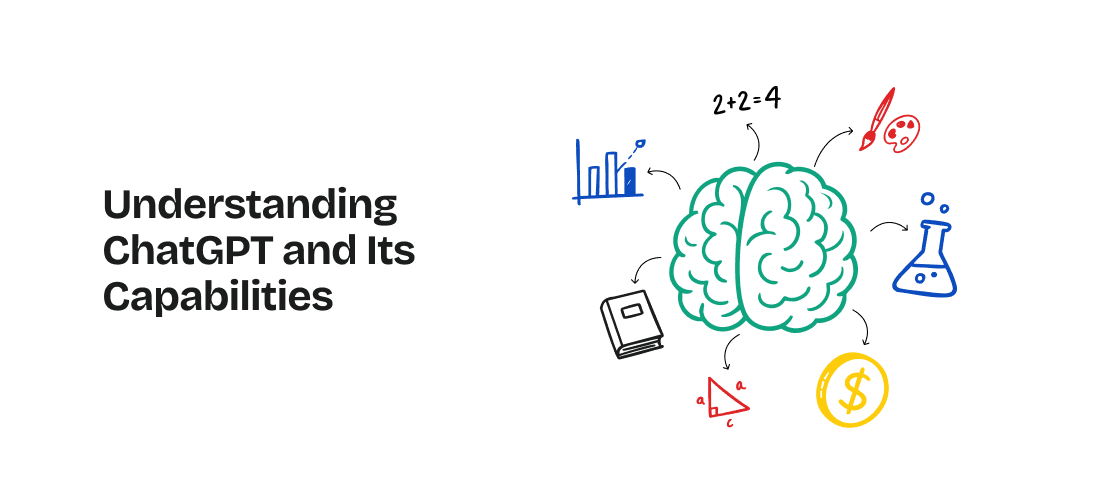
ChatGPT, a product of OpenAI, is a sophisticated language model designed to generate human-like text based on the prompts it receives. While it was initially developed to assist with tasks like writing, answering questions, and providing information, its potential extends far beyond these basic functions. ChatGPT can serve as a versatile tool that aids in various aspects of the creative process. Assisted AI graphic design processes are simply more efficient and faster.
At its core, ChatGPT is capable of understanding and generating text in a way that mimics natural conversation. This means that designers can interact with it as if they were brainstorming with a colleague. Whether they need help generating creative ideas, refining design concepts, or conducting research, ChatGPT can respond with relevant and insightful suggestions. For example, if you’re stuck on a project, you can prompt ChatGPT with a brief description of what you’re working on, and it can offer fresh ideas or new perspectives that might not have occurred to you.
ChatGPT can assist with more practical aspects of the design process. It can help write compelling copy for the designs, generate content for presentations, or even assist in drafting responses to client inquiries. By integrating ChatGPT into the workflow, graphic design services in India can offload some of the more time-consuming tasks, allowing focus on creative elements that require unique expertise.
While ChatGPT isn’t a replacement for the human touch in design, it’s a powerful tool that, when used effectively, can enhance the creative process, save time, and provide valuable support throughout design projects.
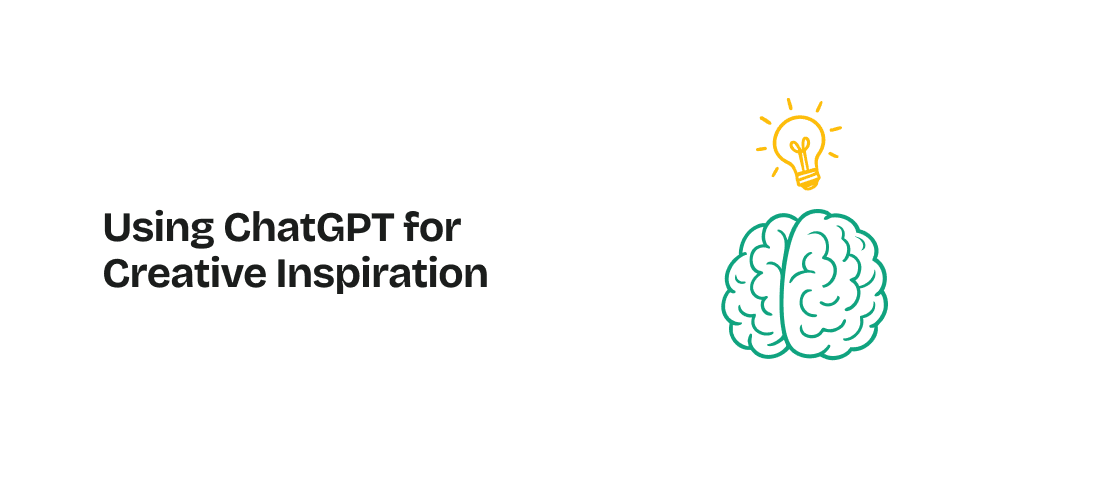
One of the most challenging aspects of graphic design is consistently generating fresh, innovative ideas. Creative blocks are a common hurdle, and finding new sources of inspiration can be difficult, especially when working under tight deadlines.
Here, ChatGPT can become an invaluable ally; designers can tap into an endless well of creative possibilities that can help spark new ideas and overcome creative stagnation.
ChatGPT can be an AI graphic design partner for brainstorming, offering creative prompts and suggestions that can ignite your imagination. For example, if you’re designing a logo and find yourself stuck, you can input a brief description of the brand and ask ChatGPT for design ideas or themes. The AI can then generate a range of suggestions, from conceptual approaches to specific visual elements, providing a fresh perspective that you might not have considered.
ChatGPT can be used to explore different styles and trends, mood boards or concept descriptions, and even themes for projects that require a specific aesthetic or insights into relevant design trends or styles. This aids in broadening creative horizons and experimenting with new ideas, ultimately leading to more innovative and original designs.
A creative catalyst to generate ideas, explore new styles, and refine concepts. By incorporating AI into the brainstorming process, creativity is enhanced, pushing the boundaries of what is possible.
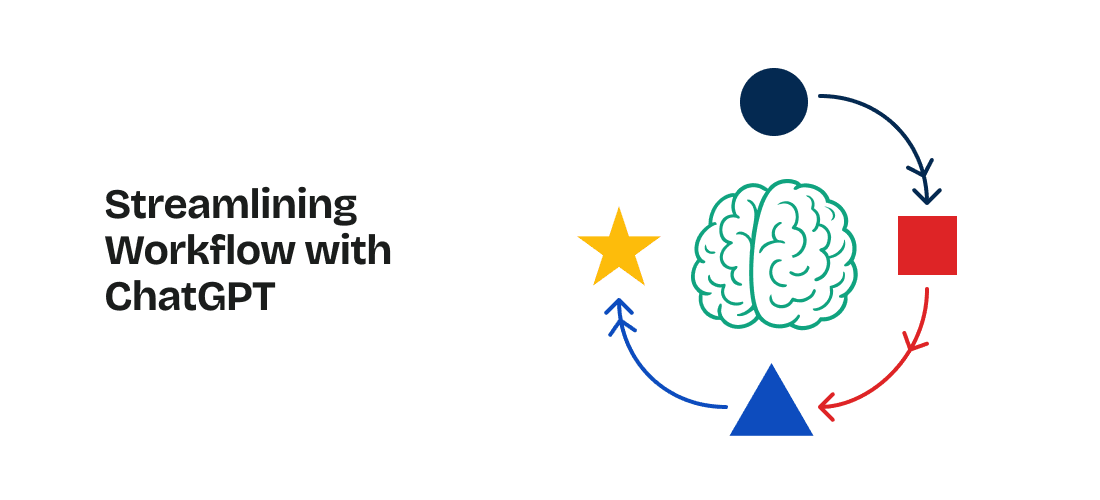
ChatGPT can significantly streamline a graphic designer’s workflow by handling tasks that are often time-consuming or repetitive. For example, when preparing content for designs, ChatGPT can quickly generate copy for ads, social media posts, or website banners, saving you time and effort. It can also assist in drafting design briefs, helping you clearly outline project goals and specifications. For a graphic design company in India, this level of support makes a big difference because there’s always a tight deadline that needs to be met.
Moreover, ChatGPT can facilitate client communication by generating professional emails, responses, or presentations, ensuring that the messaging is clear and effective. By automating these aspects of the workflow, ChatGPT allows more focus on the creative and strategic elements of design, enhancing productivity and reducing the likelihood of burnout.
Integrating ChatGPT into the daily routine of graphic design companies speeds up mundane tasks and ensures the maintenance of a high level of quality and consistency across projects, ultimately leading to more efficient and effective design work.
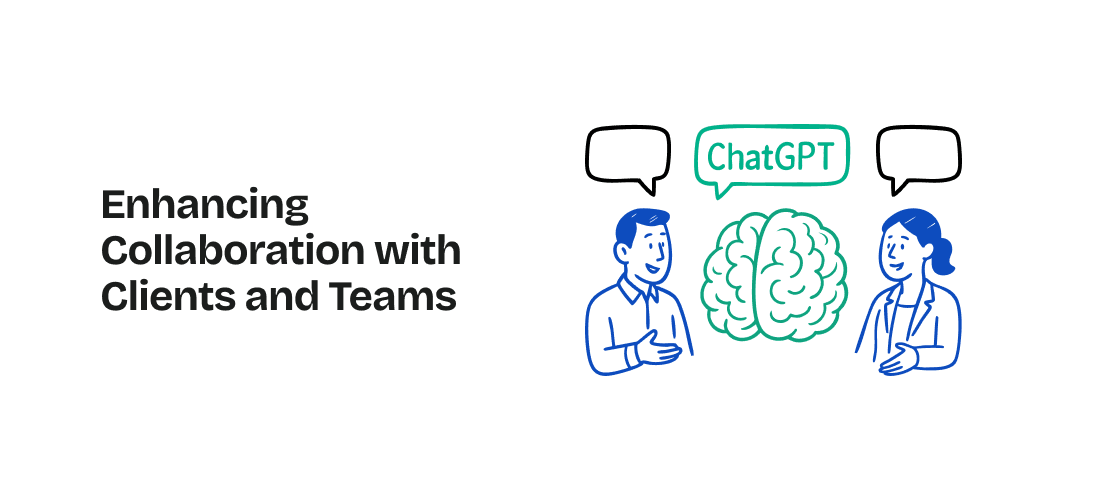
ChatGPT can play a pivotal role in improving collaboration between graphic designers, clients, and team members. It can help draft clear and concise emails, project updates, and design presentations, ensuring that everyone involved is on the same page. This is particularly useful in remote work settings, where clear communication is crucial for project success.
ChatGPT can assist in gathering and integrating client feedback. By analyzing client input, it can suggest revisions or enhancements to the design, making the iteration process smoother and more efficient. It can also generate summaries of client meetings or discussions to keep track of key points and action items.
By leveraging ChatGPT in collaborative efforts, graphic design services in India can enhance client-designer communication, reduce misunderstandings, and ensure that projects run more smoothly, ultimately leading to stronger relationships with clients and more cohesive teamwork.
Also Read – AI Development Costing – All You Need to Know
While ChatGPT is a powerful tool, it has limitations and ethical considerations that graphic designers must keep in mind. ChatGPT can generate ideas and assist with tasks, but it lacks the human touch required for true creativity and nuanced decision-making. Over-reliance on assisted AI graphic design could lead to ideas and final outputs that are generic or lack originality.
Ethically, it’s important to ensure that the use of AI does not compromise the authenticity of the work. Designers should avoid using AI-generated content as a substitute for their own creative processes and instead use it as a supplementary tool. Then there is the question of intellectual property—designers must be cautious about how they incorporate AI-generated ideas into their work.
While ChatGPT can enhance productivity and creativity, it’s essential to balance its use with human intuition and maintain ethical standards in your design practice.
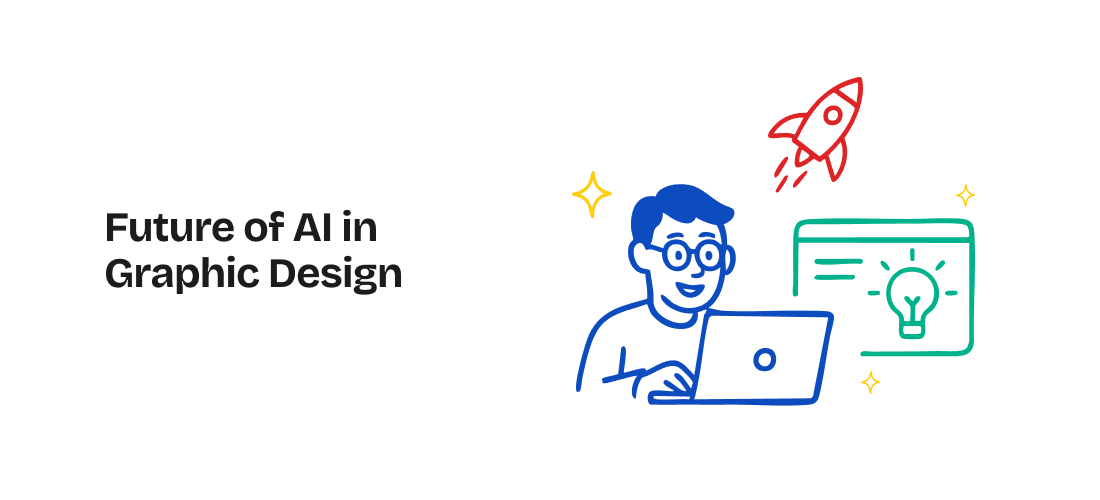
The future of AI graphic design is promising and exciting. With advancements likely to make AI tools like ChatGPT even more integral to the design process. As AI technology continues to evolve, it’s expected that these tools will become more sophisticated, offering even deeper insights, more personalized suggestions, and greater automation capabilities. Designers may find themselves collaborating more closely with AI, using it not just for inspiration and efficiency but also for complex tasks like real-time design adjustments or predictive trend analysis.
However, while AI will undoubtedly play a larger role, the human element of design will remain irreplaceable. The unique creativity, cultural awareness, and emotional intelligence that designers bring to their work cannot be fully replicated by AI. The future will likely see a balanced integration of AI and human creativity, with designers using AI to enhance their work while maintaining their distinct artistic vision.
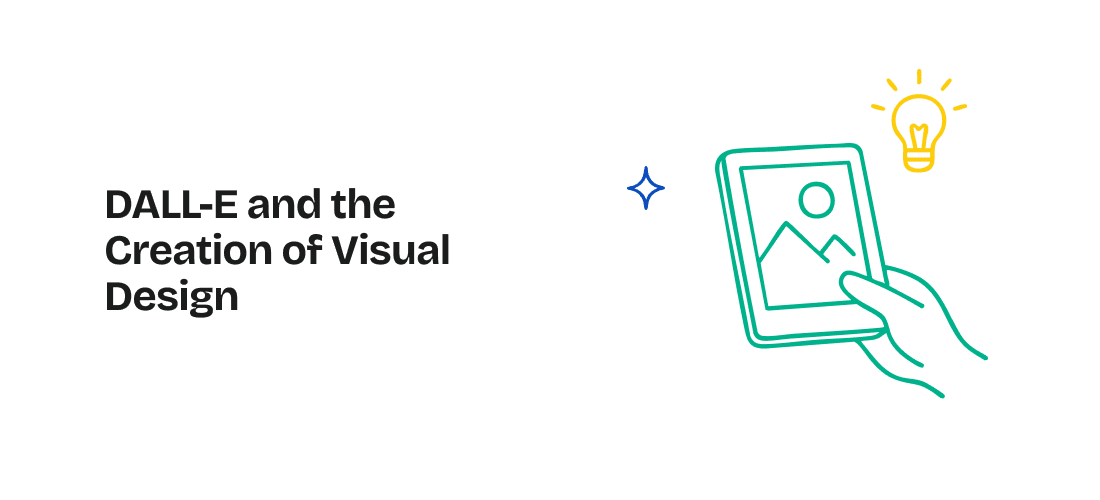
DALL-E, another AI tool from OpenAI, has revolutionized visual design by generating highly detailed and imaginative images from textual descriptions. For a graphic design company in India, DALL-E can be an invaluable resource for quickly creating visuals that align with specific creative visions. Whether you need concept art, unique design elements, or simply inspiration, DALL-E can generate images that would typically require hours of manual work.
By inputting a descriptive prompt, designers can explore a wide range of visual possibilities that might be difficult to achieve through traditional methods. This tool can help in brainstorming sessions, creating mood boards, or even producing original artwork for projects. However, it is important to use DALL-E ethically, ensuring that the AI-generated content complements your creative process rather than replacing it entirely. As with any AI tool, DALL-E should be seen as a way to enhance and expand your creative toolkit, not as a substitute for human creativity.
AI tools like ChatGPT and DALL-E offer graphic designers powerful new ways to enhance creativity, streamline workflows, and improve collaboration. It can truly serve its purpose in boosting productivity and providing fresh inspiration, not, however as a replacement for human intelligence. AI graphic design and human creativity should be a balancing act – AI for ideas and efficiency and human creativity for the unique and personal perspective toward each project. Embrace the possibilities that ChatGPT has to offer. The world is changing and we have to move ahead with it lest we are left behind, but staying true to the core principles of design will allow designers to push the boundaries of their craft and create truly innovative work.